Patient safety is the absence of preventable harm to a patient during the process of health care and the reduction of the risk of unnecessary harm associated with health care to an acceptable minimum.
Jagan Mohan Reddy, Senior Software Quality Assurance Engineer, GE Healthcare has a rich experience of 20 years in nursing, administration, clinical quality, education, hospital information system HIS and EMR implementation and NABH, JCI accreditation standards.
General Electric (GE) Healthcare is a leading global medical technology and life sciences company that provides a broad portfolio of products, solutions, and services used in the diagnosis, treatment, and monitoring of patients and in the development and manufacture of biopharmaceuticals.
We triage the patients into three categories
Jagan sheds light on the subject, “Since this pandemic situation started, it has become a global challenge of how to provide the quality of service to the COVID patient who comes to your hospital. We can see many footfalls in the hospitals due to this unexpected situation but it can be handled when you have some plans, when patients come to the emergency; we triage the patients into three categories - mild, moderate, and severe. So, then it is easy to handle patients who need the first priority treatment, then immediately we transport the patient to the critical care area where we can have all life-supporting devices, or we can transfer the mild patient to the general wards. The assessment is a major role in patient safety. Next is the infrastructure of the hospital, the caliber of the nurses to handle the cases, life-supporting devices, manpower distribution, our use of technology, radiology, so basically it is the teamwork which is very important when it comes to patient safety,” he says.
Safety protocol should be followed
Jagan explains, “In my experience as end-user, a nurse, a nursing leader, quality manager now, as a software engineer and supporting with my software, it plays a very huge role. Another thing is the infrastructure and layout of your hospital as you construct your hospital, then, for example, you should have the five safety protocols as for guidelines, when you start following standard protocols of saying infection control, you provide patient safety. The same thing about safe medication practices, when you have skillful nurses, it is your responsibility to find them, motivate them, and make them understand what safe patient medication practices in our hospital are. Then the bed railings of the patient should be up to avoid patients falls, the flooring should be non-slippery and there should be handlebars in the washrooms to help the old/ weak patients to visit the washroom easily without falls. So, patient safety is dependent on your assessment - the action plan, the implementation of the plan, evaluation, and then you can see what the best for your patient needs is. Also continuous education about patient safety to the staff and also when it comes to employee safety, as an employer when you join the base of the organization you know the hospital which standards it is following, it might be following NABH or JCI Joint Commission International, though very few in India but it means they are following the international standards. So employee safety is when one joins us, we do the pre-employment checkup to protect them and the other staff in case of any illness. Then as an employer first is staff safety, then later comes to patient safety. Next comes what type of cases I'm handling, is it infectious diseases, for example, COVID, so do I have the PPEs which is protecting me from the infection, PPE is basically personal protective equipment like goggles, mask, gloves, etc and is our management providing sufficient things to you to treat your patient? So, what I meant to imply is that it is not only the responsibility of the hospital, as is equal to the employee also responsible to understand what employer safety protocols, variances, are and if in an organization, the employee is safe then he can able to provide patient safety, if an employee is you know, highly satisfied, he will be able to deliver a good quality of care to the patient,” he says.
Incidents can be prevented by using technology
Jagan shares his views, “Since 20 years of my career, I can say there is a digitalization, artificial intelligence is taking place, for example, I can say many incidents can be prevented by using software because when the nurses are always stressful and busy at the bedside, the software provides tremendous triggering alarms and notifications as well as security-wise to the nurse for the patients maybe the nurse forgot to give medication to a particular patient for one hour so she will do now because the software will trigger you to do that work. Now consider remote areas, at GE Healthcare, somebody who is 200 kilometers away you can do an ultrasound for a pregnant lady and I can view it and hear the baby’s sound so that is technology. Then, if your data is secured, you do not lose it even after 10 years. Also, we can prevent medication errors through technology, the prescription or notes come typed in capital letters as we use the barcoding system as well so that the nurses won’t give it to a wrong patient as 95% of the time of the patient is spent with nurses, so we can say the maximum output or recovery also is in the nurses’ hands,” he says.
100% we can prevent errors, you can reduce the error
Jagan expresses his thoughts, “Diagnostic errors can be curbed if you have digitalization, I cannot say that it will 100% safe, for example, you go to a lab, somebody has to draw your sample, the phlebotomist is drawing a sample and he knows how to draw on the sample but what if you did not wear gloves, a mask, or you contaminated the collected sample, or maybe did a wrong sample labeling and sent it to the lab, the machine will not detect what you've done wrong but it will give a wrong report. So what we do in our hospital is, we have a log, so when someone comes to collect the sample, there should be a double check, one person will collect the sample and another one will loudly say out the details while entering, this can minimize the diagnostic errors. Another example is, when a requests radiology lab for patient’s x-ray, we ask them to write as - Chest X-ray and within the brackets - patient on a ventilator so the technician is aware that the patient is on a ventilator and then they know where to concentrate during the investigation. We cannot say 100% we can prevent errors, but we can reduce them. Out of 5 patients every day there is 1 medication error I can see with my experience, but important is to report it. This is the common psychology in the hospital that reporting an incident means that I've done something wrong and somebody will punish me. But that is incorrect, they do the root cause analysis and they go for the corrective and preventive actions, incident reporting is not punishing as things happen unintentionally,” he says.
(Edited by Rabia Mistry Mulla)
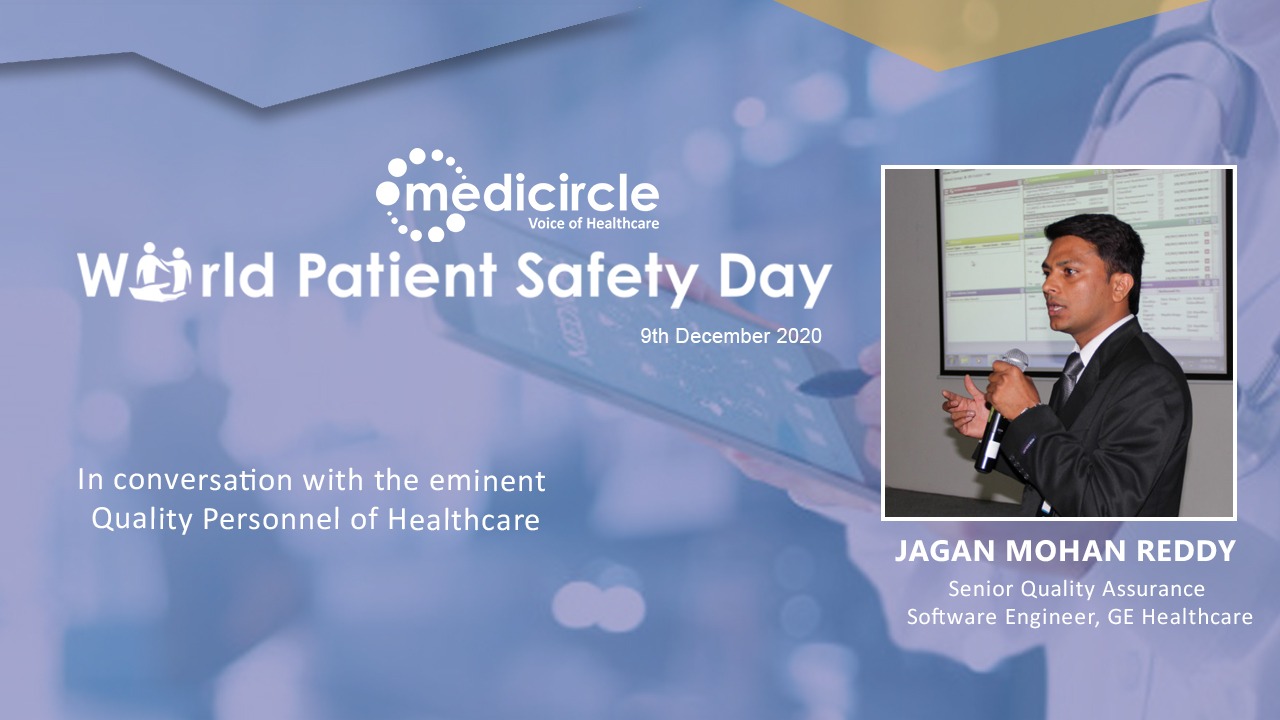
 “When patients come to the emergency; we triage the patients into three categories - mild, moderate, and severe. So, then it is easy to handle patients,†says Jagan Mohan Reddy, Senior Software Quality Assurance Engineer, GE Healthcare.
“When patients come to the emergency; we triage the patients into three categories - mild, moderate, and severe. So, then it is easy to handle patients,†says Jagan Mohan Reddy, Senior Software Quality Assurance Engineer, GE Healthcare.





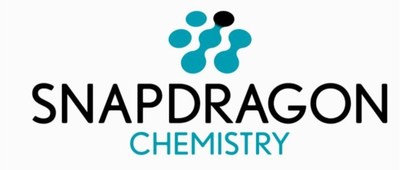
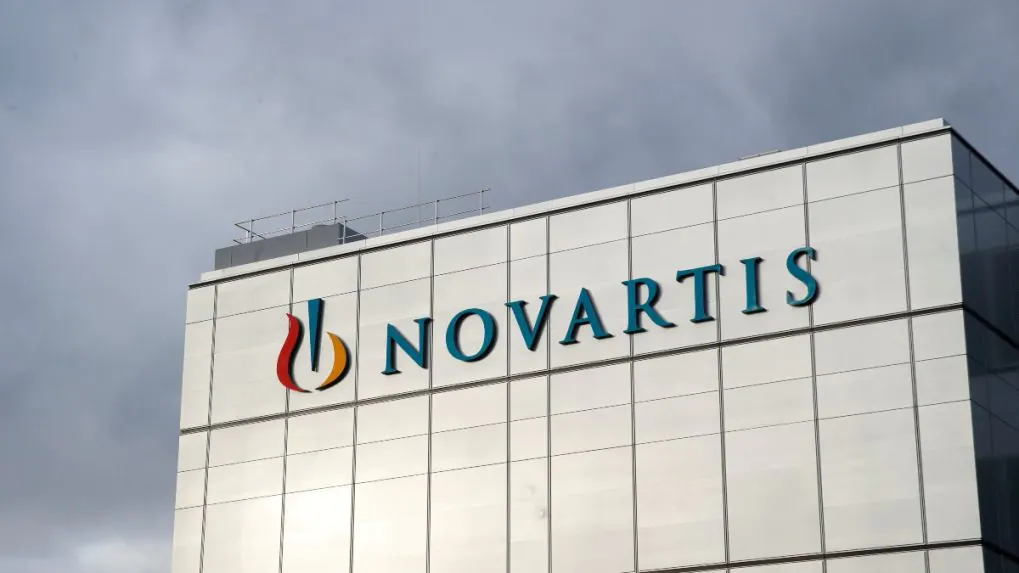
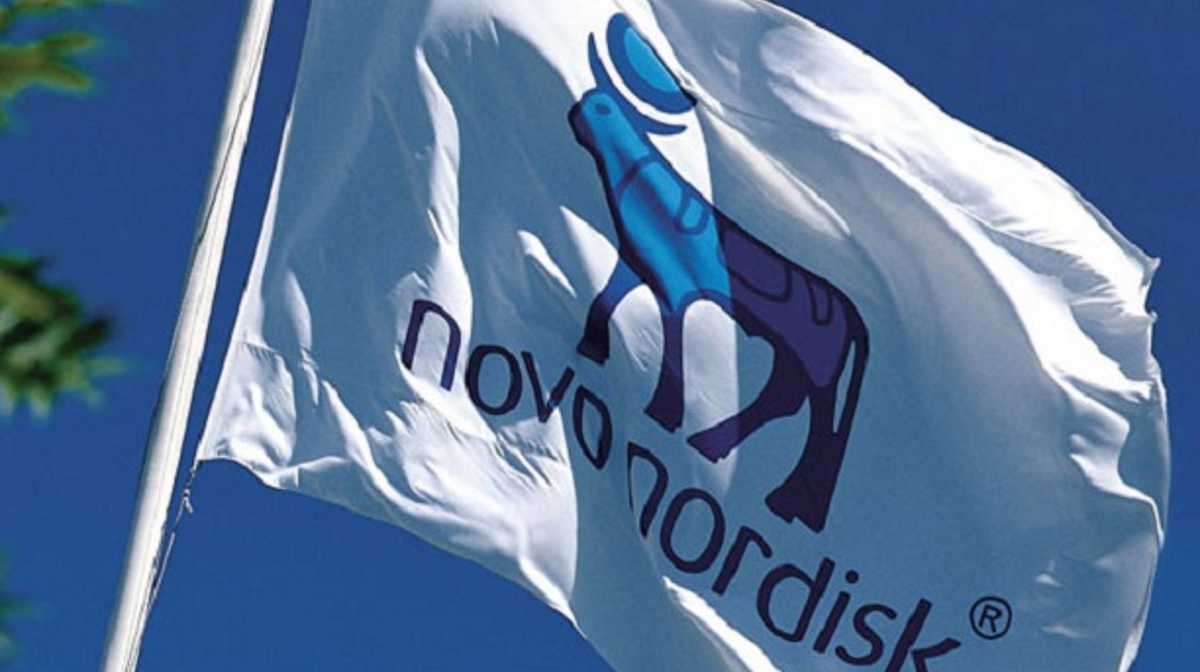


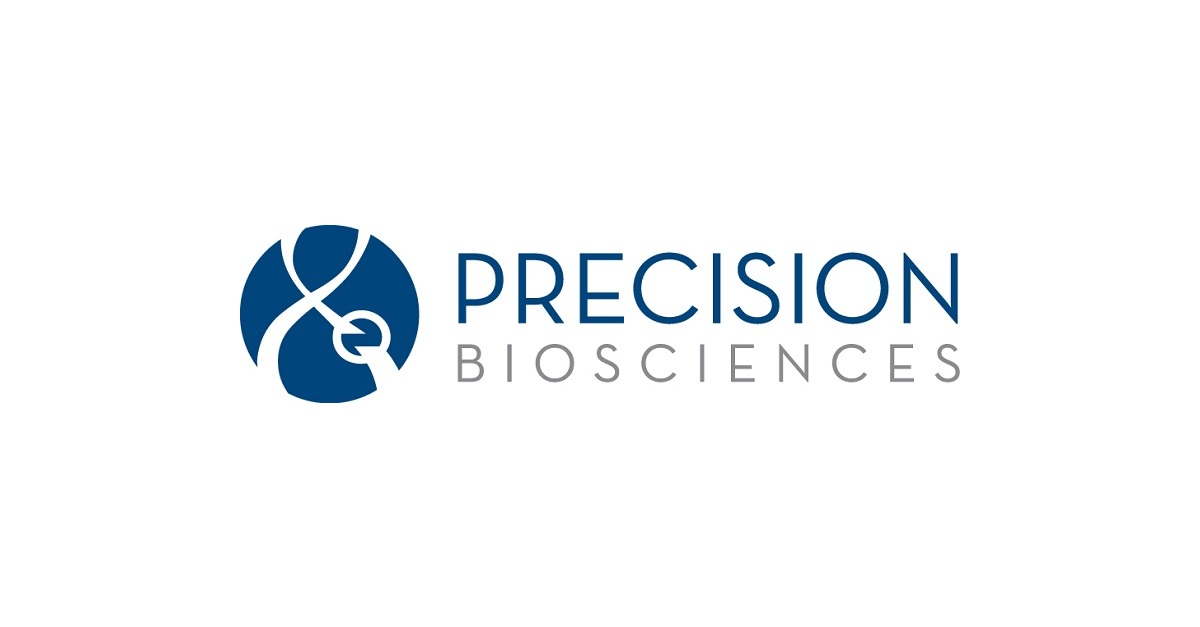

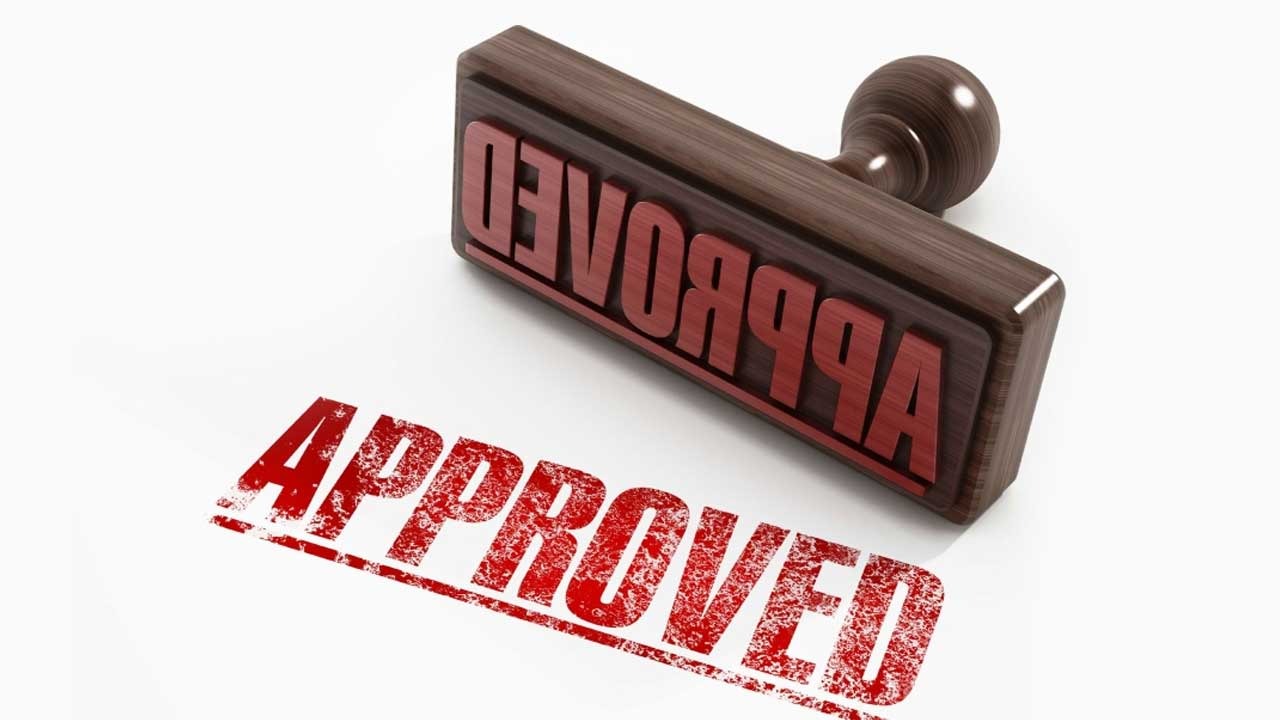





.jpeg)

.jpeg)
.jpeg)
.jpeg)

.jpeg)
.jpeg)
.jpeg)
_(1).jpeg)

_(1)_(1)_(1).jpeg)
.jpeg)
.jpeg)
.jpeg)






